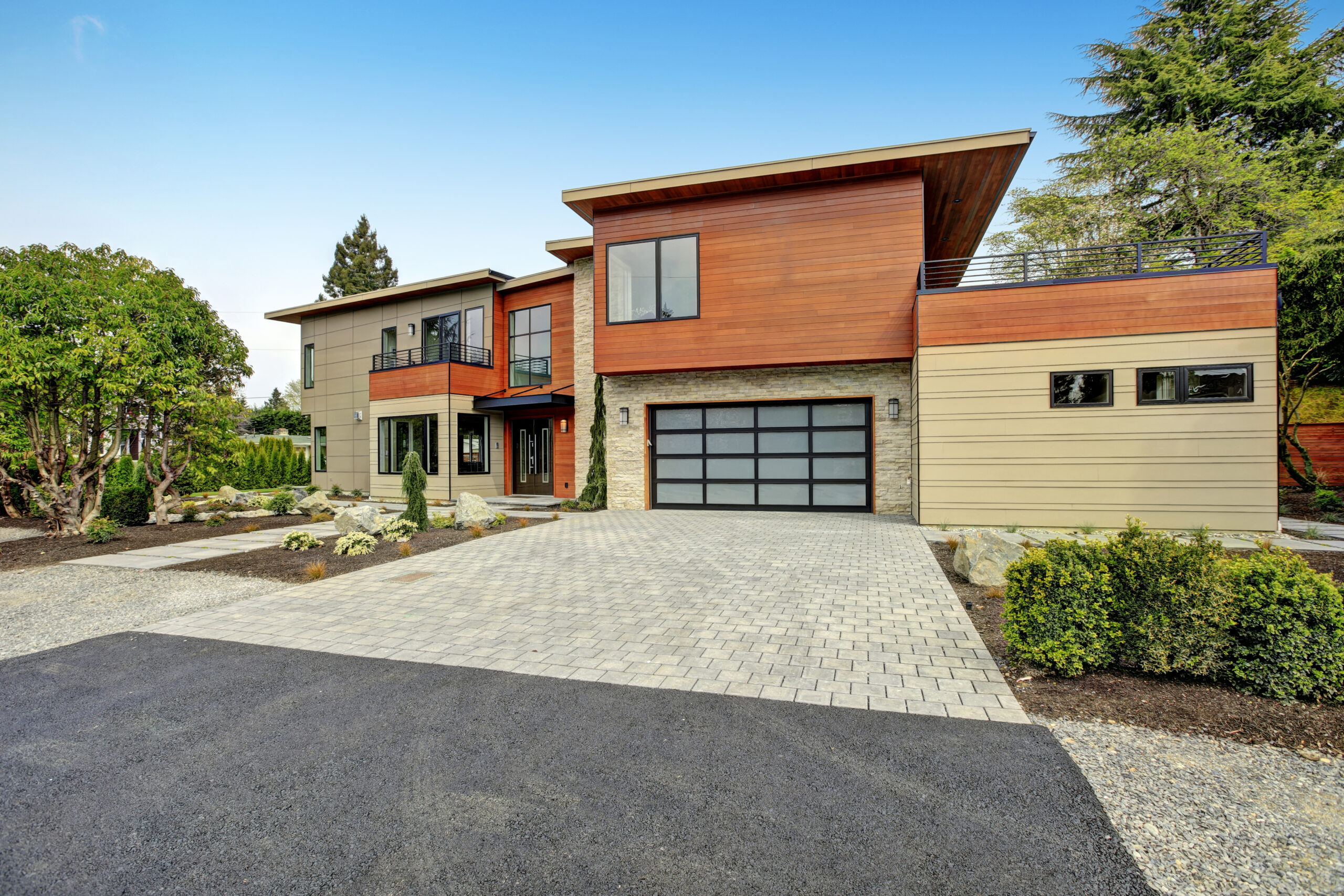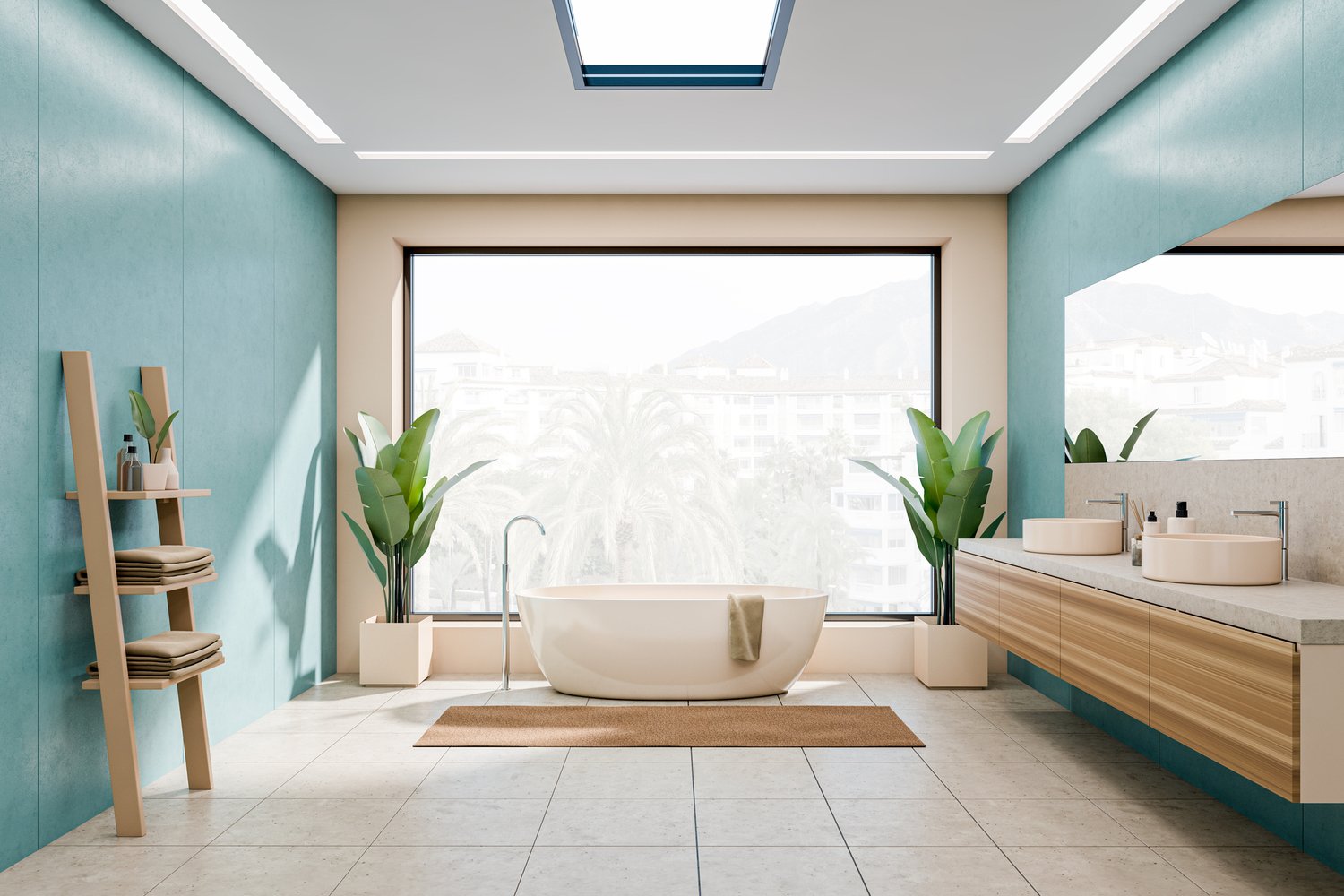Embarking on a custom home build process is an exciting journey that transforms your vision into a tangible living space tailored specifically to your needs and preferences. Unlike purchasing an existing property, constructing your dream home from scratch gives you complete control over every aspect of the design and functionality. This comprehensive self build guide walks you through the essential building new house steps, from initial planning to the moment you receive the keys to your completed dream home construction project. Whether you’re a first-time builder or looking to upgrade to your forever home, understanding these stages will help you navigate the process with confidence.
Planning and Preliminary Design
The foundation of any successful custom home build begins with thorough planning. Start by determining your budget, which will influence every subsequent decision in your dream home construction. Consider not only the cost of construction but also land acquisition, permits, design fees, and a contingency fund for unexpected expenses. Next, research and purchase suitable land that aligns with your lifestyle needs, considering factors like location, neighborhood amenities, school districts, and site characteristics. During this stage, create a comprehensive wish list detailing your requirements, including the number of bedrooms and bathrooms, special features, architectural style, and energy efficiency goals. Many homeowners find value in consulting with AskHomey to connect with experienced professionals who can provide guidance on realistic budgeting for custom home projects.
Assembling Your Professional Team
A successful self build guide always emphasizes the importance of assembling the right team. Start by hiring an architect who understands your vision and can translate it into functional, buildable plans. When interviewing architects, review their portfolios to ensure their style aligns with your aesthetic preferences. Next, select a builder with experience in custom homes similar to what you envision. Check references, visit completed projects, and confirm they have the proper licensing and insurance. Consider also hiring a project manager if you don’t plan to oversee the construction daily. This team will collaborate throughout the custom home build process, so choose professionals who communicate effectively and work well together.
Detailed Design and Documentation
Once your team is assembled, the detailed design phase begins. Your architect will create preliminary sketches based on your requirements, which you’ll review and revise until they capture your vision. These preliminary designs will evolve into detailed construction documents that include floor plans, elevations, sections, and specifications for materials and finishes. This documentation serves as the blueprint for your dream home construction and forms the basis for obtaining permits and contractor bids. During this phase, make decisions about exterior and interior finishes, fixtures, appliances, and special features. Taking time to make these selections before construction begins will minimize costly changes later.
Permitting and Pre-Construction
Before breaking ground, you must navigate the permitting process, which varies by location. Your builder or architect typically handles permit applications, which may include building permits, environmental permits, and utility connections. This stage also involves finalizing your construction contract, which should clearly outline the scope of work, payment schedule, timeline, change order procedures, and warranty information. Before construction begins, your builder will develop a detailed schedule and coordinate with subcontractors. Understanding the building new house steps involved in permitting can prevent delays and ensure your project complies with local regulations.
Construction Phase
The construction phase is where your dream begins to take physical form. It typically begins with site preparation and foundation work, followed by framing, which provides the first glimpse of your home’s shape and size. Once the frame is complete, the focus shifts to rough-ins for electrical, plumbing, and HVAC systems. Next comes insulation and drywall installation, followed by interior finishes like flooring, cabinetry, countertops, and fixtures. Throughout construction, regular site visits and meetings with your builder are essential to monitor progress and address any concerns. Expect the construction phase of your custom home build process to last six months to a year, depending on the complexity and size of your project.
Final Inspections and Closing
As construction nears completion, your home will undergo a series of inspections to ensure it meets building codes and quality standards. Your builder will create a punch list of items that need to be completed or corrected before final approval. Once these items are addressed, you’ll conduct a final walkthrough to verify everything meets your expectations. At closing, you’ll receive documentation including warranties, operation manuals for systems and appliances, and maintenance recommendations. Finally, you’ll receive the keys to your new custom home, marking the successful completion of your dream home construction journey.
For more tips and to connect with reliable home service professionals, follow AskHomey on Facebook and Instagram.



